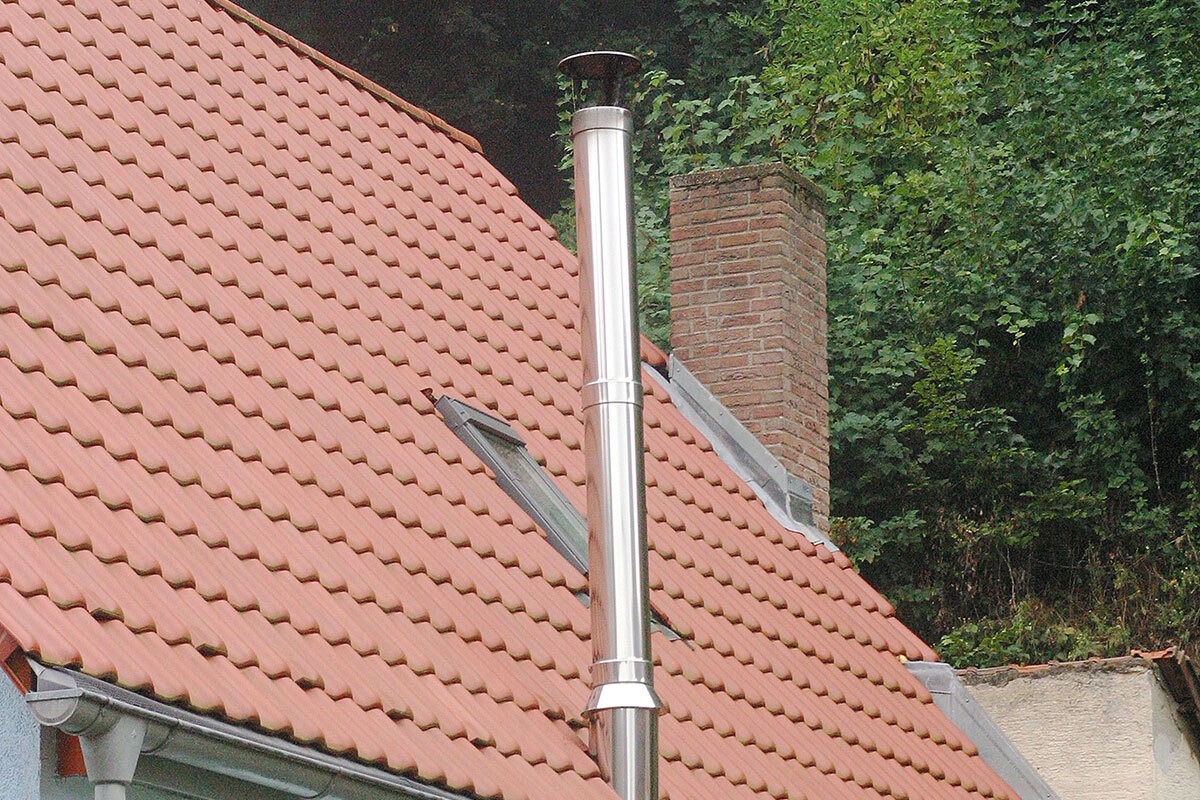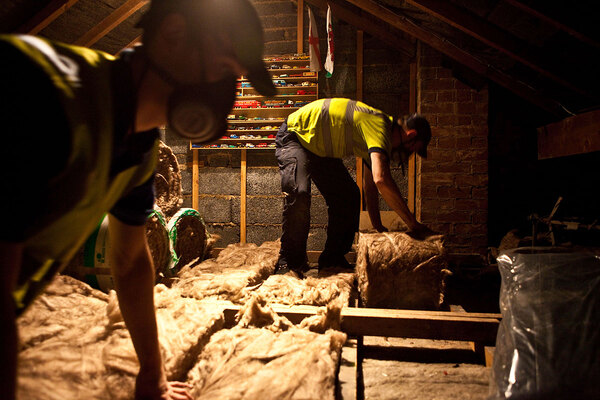
Jessica Arczynski and Rubianka Winspear are senior associates at Trowers and Hamlins
What landlords need to know about Wave 2 of the Social Housing Decarbonisation Fund
Guidance for Wave 2.1 of the Social Housing Decarbonisation Fund (SHDF) has now been published. Jessica Arczynski and Rubianka Winspear identify a variety of changes to previous SHDF funding waves
The government’s Social Housing Decarbonisation Fund is intended to provide £3.8bn of funding in England over a 10-year period to help landlords with the costs of decarbonising their affordable housing stock.
While £240m of the fund has already been released via an earlier SHDF demonstrator and Wave 1 of the funding, the government is now scaling up and has committed £800m for Wave 2. The intention is to release as much of this as possible in the first tranche (Wave 2.1) and the Department for Business, Energy and Industrial Strategy (BEIS) has now published its competition guidance for Wave 2.1.
“While the Social Housing Decarbonisation Fund can only fund a portion of the sector’s decarbonisation costs, landlords should seize this opportunity to kickstart their retrofit programmes”
There have been some important changes in the funding rules for Wave 2.1:
Eligible applicants
While the SHDF was previously only directly available to local authorities, now registered providers are also eligible to apply. In addition, non-registered providers that are registered charities or ALMOs can apply as part of a consortium that is led by a local or combined authority or a housing association.
Contractual structure
Applicants for the SHDF will be required to enter into a grant agreement with the BEIS, as well as a grant offer letter and data sharing agreement. Where the applicant is leading a consortium, they will also no doubt look to enter into a consortium or collaboration agreement to back off their liability to the other members of the consortium.
Timescales
All grant must be drawn down and expended by 31 March 2025 and works must be complete by 30 June 2025. While this is a longer delivery window than funding waves, there is now a minimum bid level of 100 homes, so it is likely that landlords will have more homes to retrofit within this delivery timeframe. Applicants should therefore be engaging with the market and putting in place their procurement strategies now in order to meet deadlines.
Co-funding
Applicants must fund at least 50% (rather than the previous 30%) of the eligible costs from their own resources. The guidance clarifies that eligible costs incurred between the launch of the competition (expected in late August/early September) and entry into the grant agreement may be counted towards this co-funding requirement – but this will of course be at the bidder’s risk. Funding from other government schemes may be used alongside SHDF funding in a single property but multiple forms of grant cannot fund the same individual measure.
Heat installations
Wave 2.1 introduces a new focus on low-carbon heating. Like Wave 1, a “fabric-first” approach is still prioritised so landlords will have to ensure that properties are sufficiently insulated before they can commence LCH installations. However, if landlords can evidence that the property meets the fabric-first requirements and that the LCH will not result in increased bills for tenants, then the funding can be used on LCH. Low temperature heat pumps are expected to be the lead technology used, however funding may also be used for other heat sources including connecting properties to low-carbon heat networks.
Digitalisation
There is optional funding available to support the “digitalisation” of retrofit. This includes the use of technology to improve bid delivery in areas such as data collection, energy usage optimisation and design modelling. Bidders are expected to already have an existing digitalisation strategy in place and may be required to share additional data with BEIS if they are awarded this additional funding. The funding awarded will be up to 2% of the capital spend of the bid or a maximum of £600,000 per bid, whichever is lower.
Subsidy control
The guidance suggests that housing associations may be "exempt" from subsidy control if they rely on the 750k Services of Public Economic Interest (SPEI) financial assistance exemption or the 325k Minimal Financial Assistance (MFA) exemption, although the published draft grant agreement only provides for MFA. These exemptions may not be available to housing associations if other subsidy has been received on the same basis in the past three years.
While reliance on these exemptions may appear to be the simplest route, they are often used as an exemption of last resort. Therefore, it could be beneficial if BEIS structures the funding as a “full” SPEI subsidy, allowing the registered providers’ last resort capacity to be preserved (though this option is not currently included in the template grant agreement).
For local and combined authority applicants, there is no subsidy so no exemption is required. It is possible that certain aspects of the guidance in relation to subsidy control may become outdated if the substantive sections of the Subsidy Control Act 2022 are implemented before entry into the grant agreements.
Looking ahead
While the SHDF can only fund a portion of the sector’s decarbonisation costs, landlords should seize this opportunity to kickstart their retrofit programmes and start decarbonising at scale. Those with the best chance of succeeding in their applications would be wise to ensure they are taking steps now, particularly in relation to tenant engagement, stock analysis and procurement strategy, to identify their path to delivery.
The draft versions of the application form and grant agreement were published on 2 August 2022, with the competition officially launching in late August/early September. Bidders should be ready.
Jessica Arczynski and Rubianka Winspear, senior associates, Trowers and Hamlins
Sign up for our asset management newsletter
Already have an account? Click here to manage your newsletters














